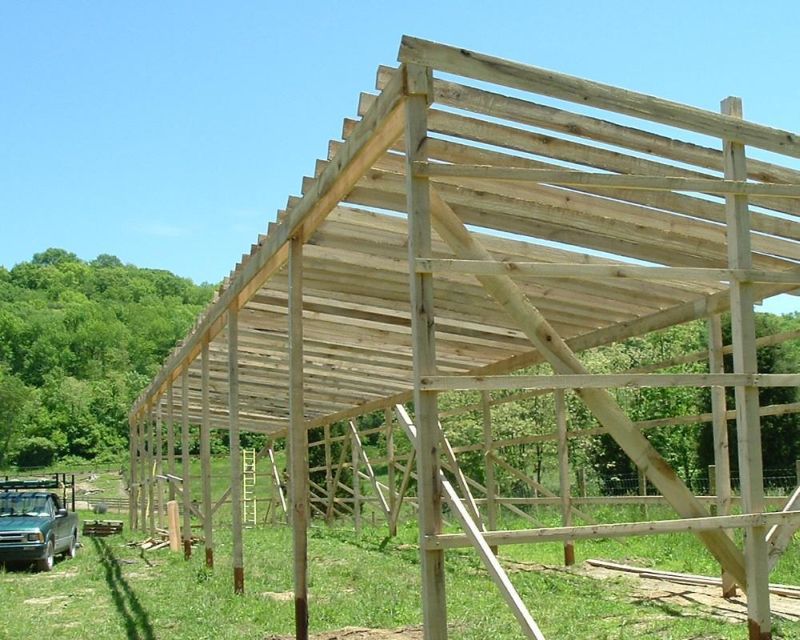Question
I am suspicious of using traditional shrinkage values with regards to drying large cants. I have heard there is a size effect on shrinkage. Please explain.
Forum Responses
"Large" is a relative term. If you are attempting to dry anything over 4" thick and 12" wide, you are correct in being cautious.
Remember that there will be a big difference in the starting moisture content of the heartwood vs. sapwood. This difference will cause uneven drying and stress. The cants, billets, blanks, or planks will want to pull in the direction of the side that is drying the fastest.
Also, it depends on species. For instance, white ash is somewhat low in starting moisture, whereas sycamore is very high. A stable wood to dry like tulip poplar or black cherry poses only one major risk up to 4" thick--drying the surface way too fast, so that the core cannot keep up with the loss.
In a perfect world where you can control the environment, the surrounding air would always be moving, not get too dry or too hot too fast. Add to that a year for every inch of thickness and you can get almost perfect results with little warp or defect.
Also, remember to end coat always!
The values for shrinkage were obtained from one inch thick boards. Ideally, the values are obtained from infinitely thin samples. These ideal samples would not have resistance from the nondrying center.
So, the values that are now used are for one-inch thick boards. Any thicker boards will have less overall shrinkage. How much is hard to determine, but is a function of the thickness.
Gene Wengert, forum technical advisor
We lag wall assemblies "dollar bill" tight and in 8' have never exceeded 3/4" settlement, even though I could easily calculate 2" or so using the tables. (I use radial, as walls are usually heart over heart.)
We have built with logs that read as low as 12% in the 1st inch and as high as 45% 2" in. The logs were casehardened and "snapped" audibly when crosscut.
In this instance, is casehardening a good alternative to fully drying these timbers, or are you asking for a host of defects down the road? That makes my radial # on EWP around .75%, rather than 2%. Is this a reasonable number for that size timber?
Gene Wengert, forum technical advisor
My theory is that since my cants normally stack heart over heart, to stack and lag the logs at about 2% below EMC. Then as they regain moisture, the tangential grain on the faces of the logs will swell more than the center and help seal the joints (I have normally seen these edges recede with higher than EMC wood, leaving the joints between logs open, bearing only in the center).
Gene Wengert, forum technical advisor
I have seen walls double spiked on either side of a center spline like T&G flooring. They are also using rubber and foam gaskets on both sides of the spline, which move with the wood from summer to winter and wet to dry to make a perfect seal.
I'm not sure if you can build a perfectly tight log wall and have it stay that way permanently, except maybe with "seasoned" or "dead standing dry timbers".
Interior/exterior EMC average is an unknown, but in slapping my 3" insulated pins into homes cross country over the last decade, 14% seems to be about as average as it gets. This would yield a target in my scenario at 12%.
Gene's response that the joints will still work is true, and we use the foam tapes and caulks while assembling. What I'm envisioning is a log that becomes sort of dog bone shaped in section after MC regain versus the current condition where they become ball shaped in section as they lose moisture.
